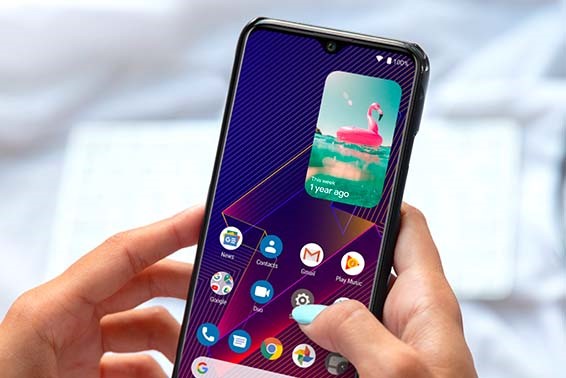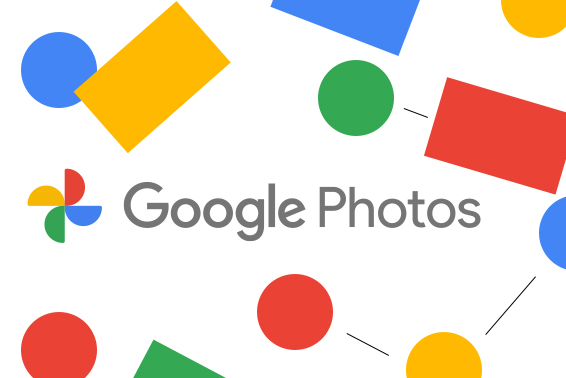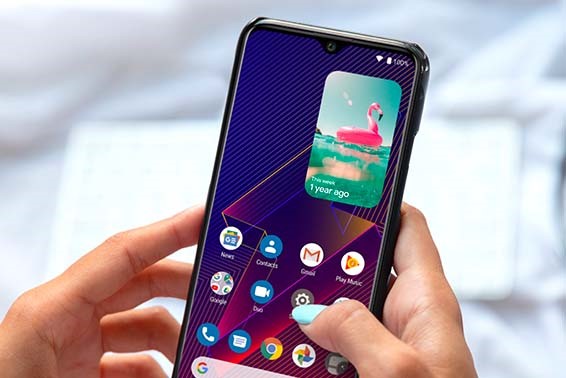7 SENSES OF YOUR SMARTPHONE
The key to excel in this era of technology is to be innovative enough and add features that make your product unique, like the use of sensors. They have become a common element in smartphones and tablets today to gain enough fame of users. Most of the devices have built-in sensors to calculate motion, orientation and various other environmental aspects. Some of these sensors are:
Proximity Sensor
This sensor helps to detect the position of the body with respect to the phone and turns off the screen during certain tasks performed by the phone. It uses the Beam Forming technique for the detection of signal strength and interference sources. It functions to avoid accidental touch or unwanted input during a call and resumes the same function that was stopped earlier, after the conversation. This sensor is helpful in saving the battery life of the phone.
GPS (Global Positioning System) Sensor
As the name suggests, GPS is used to tracking and navigation purposes with the help of GPS satellites to guide and assist the user. It is therefore considered to be one of the most important feature in a smartphone, today. Some smartphones have the assisted GPS or A-GPS technology to aid in case there is a disconnection with the main GPS satellite. Others have GLONASS GPS system for navigation purpose.
Ambient Light Sensor
It is used to adjust the brightness of the screen with respect to the environment in which the phone is present. It comprises of photo diodes that are sensitive to different spectrum of light which help adjust the output changes of the light intensity on the screen. Similar to proximity sensor, it helps in conserving the battery life.
Accelerometer
This sensor is used to adjust the orientation of smartphone according to the viewing angle of the user. For example, holding the smartphone horizontally for an increased width-view, will automatically change the view to a landscape mode. Camera would work in a similar manner with the help of this sensor. This feature is popular while playing games.
Compass
Like a conventional compass, the function of this sensor is to give right direction but with the help of new technology and not by the use of magnet. The sensor calculates the orientation and direction of ultra-low frequency signals by Hall Effect and accelerometer. In a nutshell, this sensor helps to give direction by creating a magnetic field with the use of other sensors and disk/magnetic concentrator.
Gyros or Gyroscope
This sensor works on the principle of angular momentum in order to maintain and control the position and orientation. When used in combination with accelerometer, it senses six axes and also detects the roll, pitch and yaw motions. Gyros can be used for the navigation purpose and for gesture recognition system when used with MEMS (Micro Electrical and Mechanical System) technology.
Back-Illuminated Sensor
This feature, previously used in security camera and astronomical purpose, has now become a very common one in camera phones. It functions to increase or decrease the light captured when clicking a picture.
To conclude; these sensors are considered as an integral part of any smartphone today and from a manufacturer’s point of view, in order to stand out from others, these sensors have to be included in the phones nowadays, so that they could actually work smart.
Other articles in this section:




